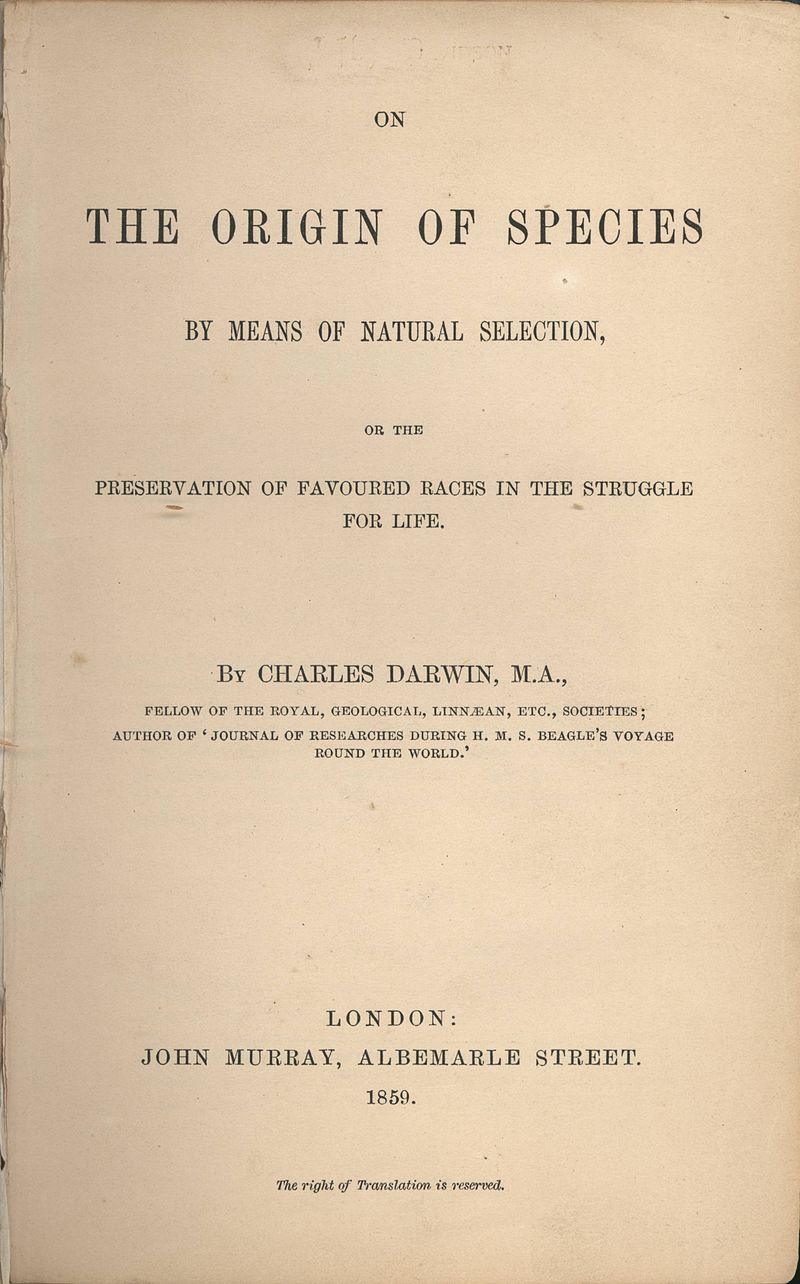Taxonomy and Nomenclature

Today, the naming and classification of plants is based on our understanding of their evolutionary and genetic relationships. Although these concepts are inherently linked today, systems for naming and classifying organisms were developed before our understanding of evolution developed. The hierarchical system we use for naming and classifying organisms is based on that of Carl Linnaeus (Swedish botanist, zoologist, and physician) and his publication, Systema Naturae, published in 1735. Our understanding of evolution is usually traced to Charles Darwin's On the Origin of Species, published more than one hundred years later, in 1859.

As our understanding of genetic relationships and evolutionary processes has improved, we have come to expect taxonomy to reflect genetic or evolutionary relationships, rather than some arbitrary system of grouping organisms. Michener et al. (1970) explained the relationship of "taxonomy" to a broader field of "systematics" (which includes evolutionary biology) as follows:
"Systematic biology (hereafter called simply systematics) is the field that (a) provides scientific names for organisms, (b) describes them, (c) preserves collections of them, (d) provides classifications for the organisms, keys for their identification, and data on their distributions, (e) investigates their evolutionary histories, and (f) considers their environmental adaptations. This is a field with a long history that in recent years has experienced a notable renaissance, principally with respect to theoretical content. Part of the theoretical material has to do with evolutionary areas (topics e and f above), the rest relates especially to the problem of classification. Taxonomy is that part of Systematics concerned with topics (a) to (d) above."
Phylogeny describes the evolutionary history and relationships of various groups of organisms.
One of the reasons you need to understand the role of systematics in the classification and naming of plants today is that, as our understanding of phylogenetic relationships change, the names of plants can change, they can be put into different genera, genera may be split and put into different families, etc.
Reference: Michener, Charles D., John O. Corliss, Richard S. Cowan, Peter H. Raven, Curtis W. Sabrosky, Donald S. Squires, and G. W. Wharton (1970). Systematics In Support of Biological Research. Division of Biology and Agriculture, National Research Council. Washington, D.C. 25 pp.